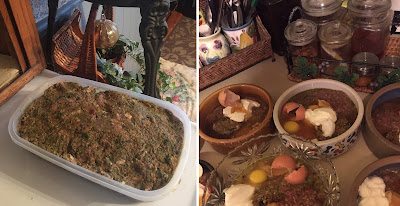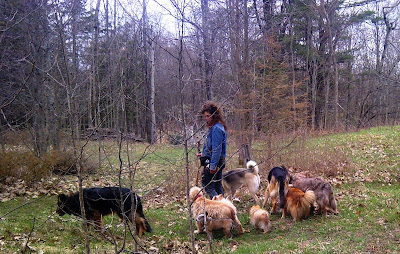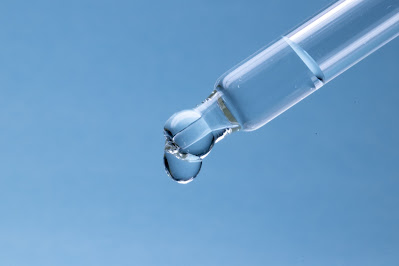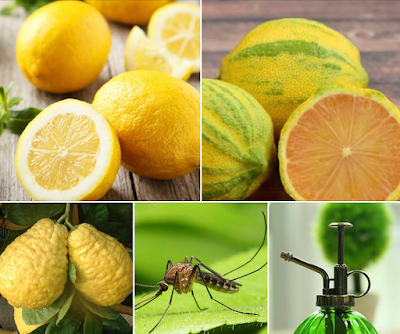Food Allergies in Dogs, Cats – Remedies, Elimination, Diet, Recipe
★ 2.5 min read
In this article:
- Veterinarian Prescription Diets - not recommended
- Initial Clean-up of the Diet
- The Elimination Diet
- How Long Does it Take Before Improvement is Seen
- Basic Supplementation
- Causes, Symptoms of Food Allergies, and Natural Topical Treatments
1. Veterinarian Prescription Diets - Not Recommended
Don’t use a veterinarian prescribed processed prescription dry or wet allergenic food product.
More about prescription pet food products in this article.
.2 Initial Clean-Up of the Diet
Remove all Starchy Carbohydrates From the Diet
Grains, beans, starchy seeds and starchy root vegetables are common food allergens. Eliminate all of these starchy carbohydrates from your dog and cat's diet.
Remove Other Inappropriate Items From the Diet
For example:
- Brewer’s yeast
- Denatured animal products
- Synthetic preservatives
- Poor source fats
- Sweeteners
- Synthetic-chemical food additives
For additional information go to this article.
3. The Elimination Diet
About the Elimination Diet
The elimination diet is comprised of food components tailored to suit your dog and cat's circumstances. The diet should not contain components that are:
- Common allergens for dogs and cats.
- Known allergens specific to your individual dog or cat.
- Species inappropriate ingredients.
The elimination diet is a basic species appropriate raw or gently cooked diet, comprised of:
- Muscle meat
- Organ
- Bone or natural bone alternative.
More on species appropriate:
- Diets in this article.
- Food components in this article.
- Example homemade food recipe in this article.
If your dog or cat has other health issues or medical
conditions, these need to be considered when selecting components for the elimination diet.
The goal of the elimination diet is to give the body an opportunity to:
- Detox and calm the immune system.
- Stop the build-up of toxins caused by the food allergies.
4. How Long Does It Take Before Improvement is Seen?
This depends on:
- Your individual dog and cat's situation.
If you've not tailored the dietary and supplemental protocol to properly suit your individual dog or cat's situation improvement of symptoms may be minimal, partial, or completely absent.
If you have tailored the diet appropriately to suit your dog or cat's situation, symptoms can start to show some signs of improvement within several weeks. In the ensuing weeks if further signs of improvement are not seen, it's time to revisit and revise the protocol.
5. Basic Supplementation
Detox and Symptom Support
It's very important to develop a detox support protocol to suit your individual dog or cat's requirements.
There are many supplemental foods, herbs and alternative medicines that help to support detox. Generally a detox protocol should be comprised of multiple items that work together, each selected to suit the individual animal's requirements.
For example:
6. Causes, Symptoms of Food Allergies, and Natural Topical Treatments
To learn more about food allergies in dogs and cats:
- Causes of food allergies,
- Symptoms of food allergies,
- Natural topical treatments to soothe symptoms,
Go to this article.
Holistic Diet, Nutrition, Wellness Services Tailored to Your Individual Dog and Cat
For information about my holistic diet, nutrition, wellness services visit my:
Maintain good health | Address acute and chronic health issues | Pre and post surgery support and recovery
My holistic wellness services are available worldwide via video consultation.
🌎 USA | Canada | UK | Europe | Australia | New Zealand | Asia | South and Central America | Africa | UAE
📱 FaceTime | Facebook | Skype | WhatsApp
Holistic Behavioral Services For Your Dog
For information about my holistic behavioral services visit my:
For dogs of all ages, sizes and breeds
My holistic behavioral services are available locally in-person and worldwide via video session.
🌎 USA | Canada | UK | Europe | Australia | New Zealand | Asia | South and Central America | Africa | UAE
📱 FaceTime | Facebook | Skype | WhatsApp
Affiliations to Companies
✓ None.
✓ I don't sell food or supplements.
✓ I'm not aligned with any companies.
✓ None.
✓ I don't sell food or supplements.
✓ I'm not aligned with any companies.
Article by Karen Rosenfeld










